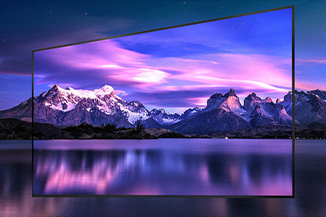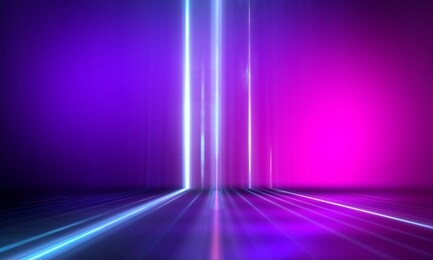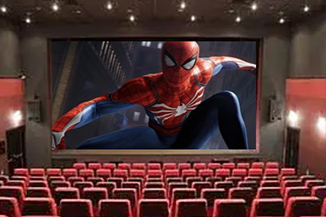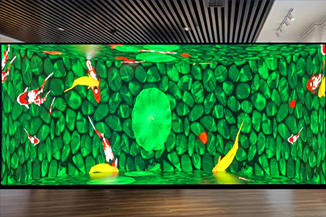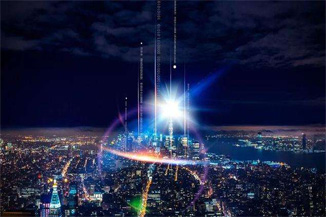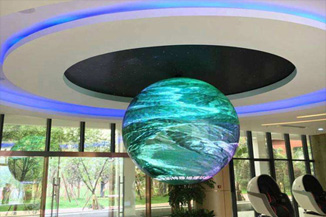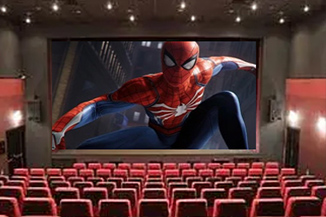Publisher: Supplier of LED Display Time: 2022-03-24 17:28 Views: 1532
In order to adapt to the development of the times, LED display manufacturers have LED glass curtain wall screens and 3D LED displays.
The LED media curtain wall is based on LED material technology, multimedia technology and the creative perspective of artistic design of the exterior wall image, plus design elements such as sound and image, to form a new public art form. In recent years, with the improvement of the world economy, the development of cities, and the intensification of competition in the advertising industry, the media curtain wall art form in modern cities has become more and more popular with citizens.

With the improvement of computer digital multimedia technology and design software technology, the continuous innovation of media curtain wall technology and the creativity of art forms, the appearance of buildings welcomes the miracle of architectural science and art almost every day. In general, image quality and operating parameters depend on computer technology and screen control system functions, relying on the complex computer control systems of modern architectural skin screens and the lighting components of the screens.
As the application of LED display becomes more and more extensive, people have higher and higher requirements for it. Now people can no longer meet the two-dimensional flat display, and they hope to truly restore the three-dimensional information of the real world. Therefore, 3D display technology is in The application scheme on the LED display has become a hot spot and direction of research in recent years.
In order to make up for some technical limitations of naked-eye 3D technology, some LED display manufacturers are gradually turning to active 3D technology in the process of continuous research and development. Active 3D technology can also be called shutter-type 3D technology. It is achieved by greatly improving the refresh rate of the picture. It divides the image into two groups according to frames, forming left and right corresponding pictures, and continuously interlaces to generate images. 3D images are seen by synchronizing on/off operation of the lenses of shutter glasses. Different from polarized 3D, it can restore the original resolution of the picture, and can easily enjoy full HD 3D images, breaking through the limitations of the original naked-eye D "multi-view" position.
